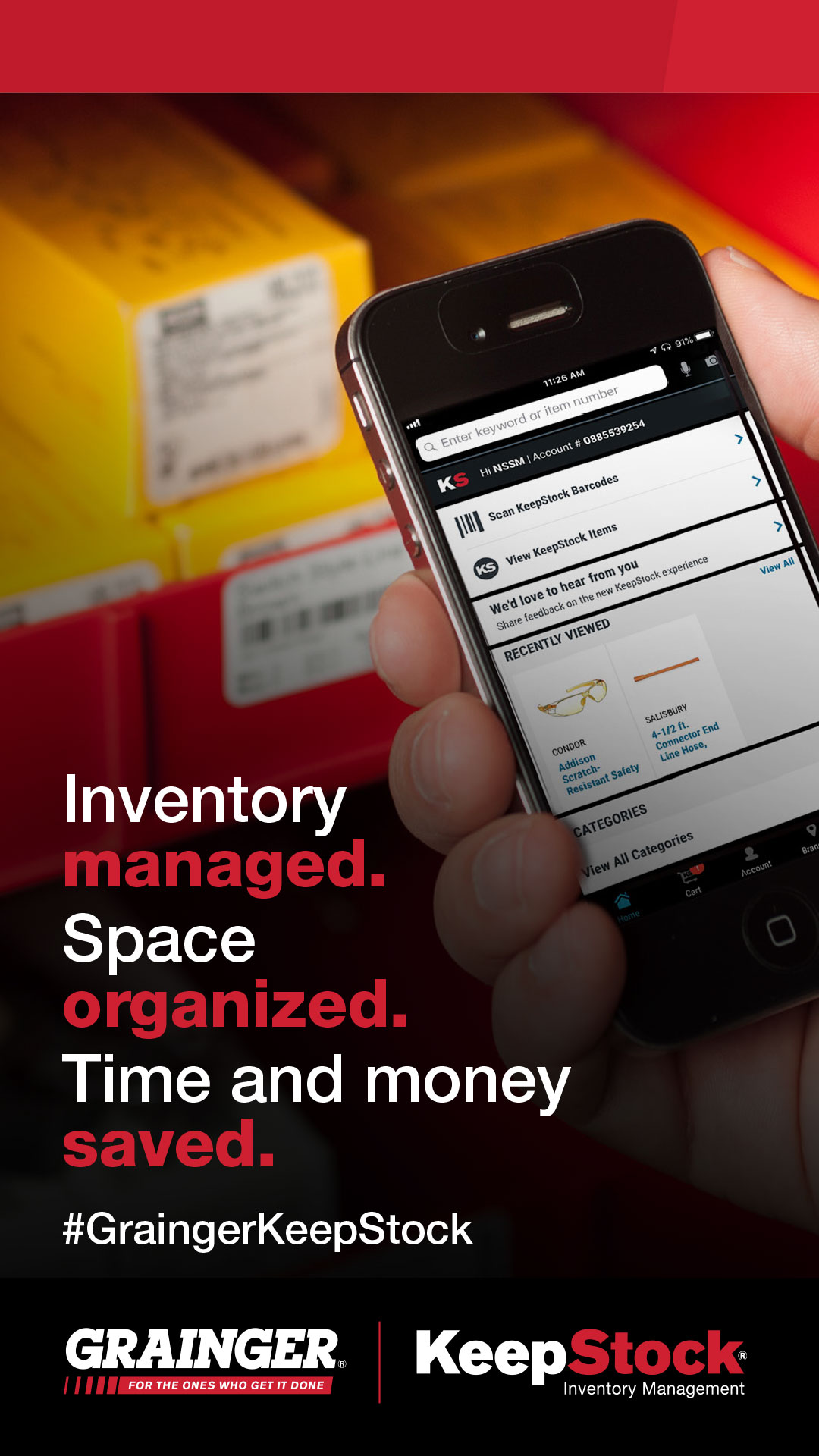

Managing Office Inventory: Tips and Tricks
By Grainger Editorial Staff


Are you devoting too much budget for everyday office supplies when you could be investing elsewhere? All those supplies — inks and toners, pens, pencils, paper, laminating supplies, tape — cost both money and time to manage. Proactive office supply management helps companies better track volume and consumption. Once you know how much you use in your inventory and how often items need replenishment, you can better forecast how much budget to allocate. To get started, here are some tips for managing your office supply inventory.
Limit Access to Supplies
The first thing you should do is to limit access to the supply closet. While open supply rooms may be a convenient option allowing employees to retrieve supplies as they need them, it’s an inefficient way to manage the storeroom.
The first issue with an open supply closet is tracking. If employees can take whatever they need any time, it's difficult to keep current records of stock. Some companies use a log that employees are expected to use every time they take supplies. However, this method can be inefficient if employees aren’t properly trained on how to track office supplies, or if they neglect to enter what they take on the log because they are in a rush or they simply forget.
Making one person (or a small team of people) responsible for dispensing office supplies allows your company to keep a more accurate inventory. It also prevents shrinkage and keeps employees from taking more than they actually need.
An industrial vending machine may also be an option. These machines can dispense a range of items, including tools, PPE or office supplies. Usage can be tracked via employee codes or swiping an ID card.
Have a Written Procedure
A written procedure for office inventory management can help control the supply stream. Documenting the "who" and the "how" can help all employees understand how to get the supplies they need. It also sets the expectation that everyone follow written procedure. This can also help identify training issues and monitor adherence to policy. Small business publication Chron describes how to create an office supply inventory procedure.
Track and Group
Business publication AZ Big Media offers tips on how to ensure supplies stay stocked, including tracking and grouping. Tracking means keeping a log or spreadsheet of what you buy, how quickly it gets used and how often you order more. There are several ways to track your inventory. You can do this manually, through a tracking software or outsource it to an inventory control vendor.
Grouping like items together is one method that helps users find and track office supplies. For example, all the writing implements could be kept together, such as pens, pencils, markers and highlighters. Not only does this help with tracking, but better organization helps eliminate wasted time spent hunting for items. It's also more obvious when items are running low, so restocking is easier and more accurate.
Set a Reorder Point
How much paper do you use in a week? How many black pens do you have to replace in a month? How long is it taking vendors to fill orders? Intuit QuickBooks walks through how to use a reorder point formula. A reorder point for office supplies is the same as for maintenance supplies, production supplies and product stock. The formula tells you how much you use of each item and how long it takes to replace items. That will tell you how much to keep on hand and when it’s time to place an order.
Once you know your reorder points, consider setting up an automated reorder process. Automated reordering can help take a lot of strain off of inventory management by ensuring that your office supply inventory needs will always be met. You can expect timely deliveries and never have to worry if something was forgotten or neglected.
Attention is Key
The key to managing any inventory, including your office supply closet, is attention. If you pay attention to what you have, how much you use and how often you need more, you can create an office inventory method that works for you. By limiting access, creating a written procedure and setting reorder points, everyone can work together to make sure your inventory is properly managed.
Get more inventory management tips from the Grainger KnowHow.
The information contained in this article is intended for general information purposes only and is based on information available as of the initial date of publication. No representation is made that the information or references are complete or remain current. This article is not a substitute for review of current applicable government regulations, industry standards, or other standards specific to your business and/or activities and should not be construed as legal advice or opinion. Readers with specific questions should refer to the applicable standards or consult with an attorney.







